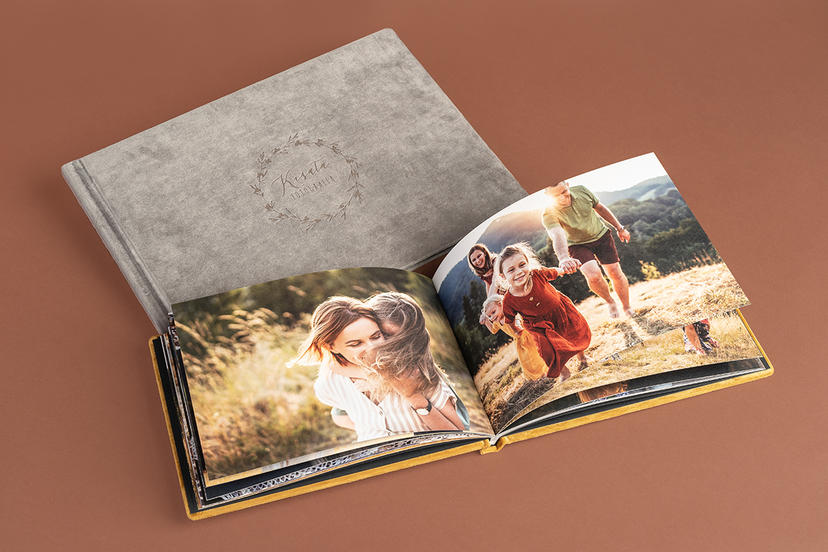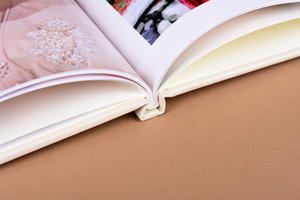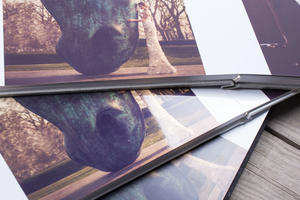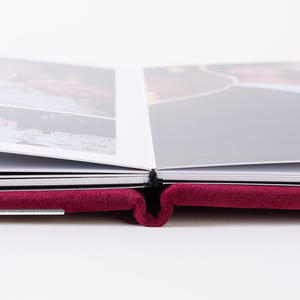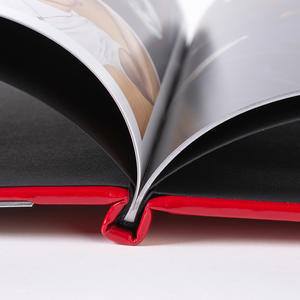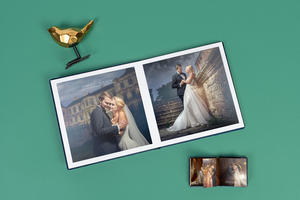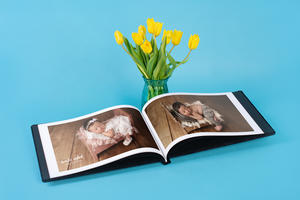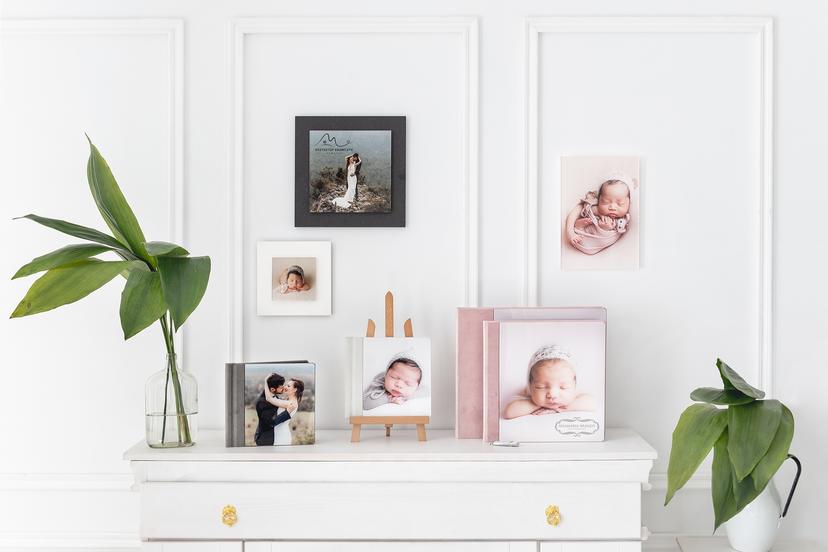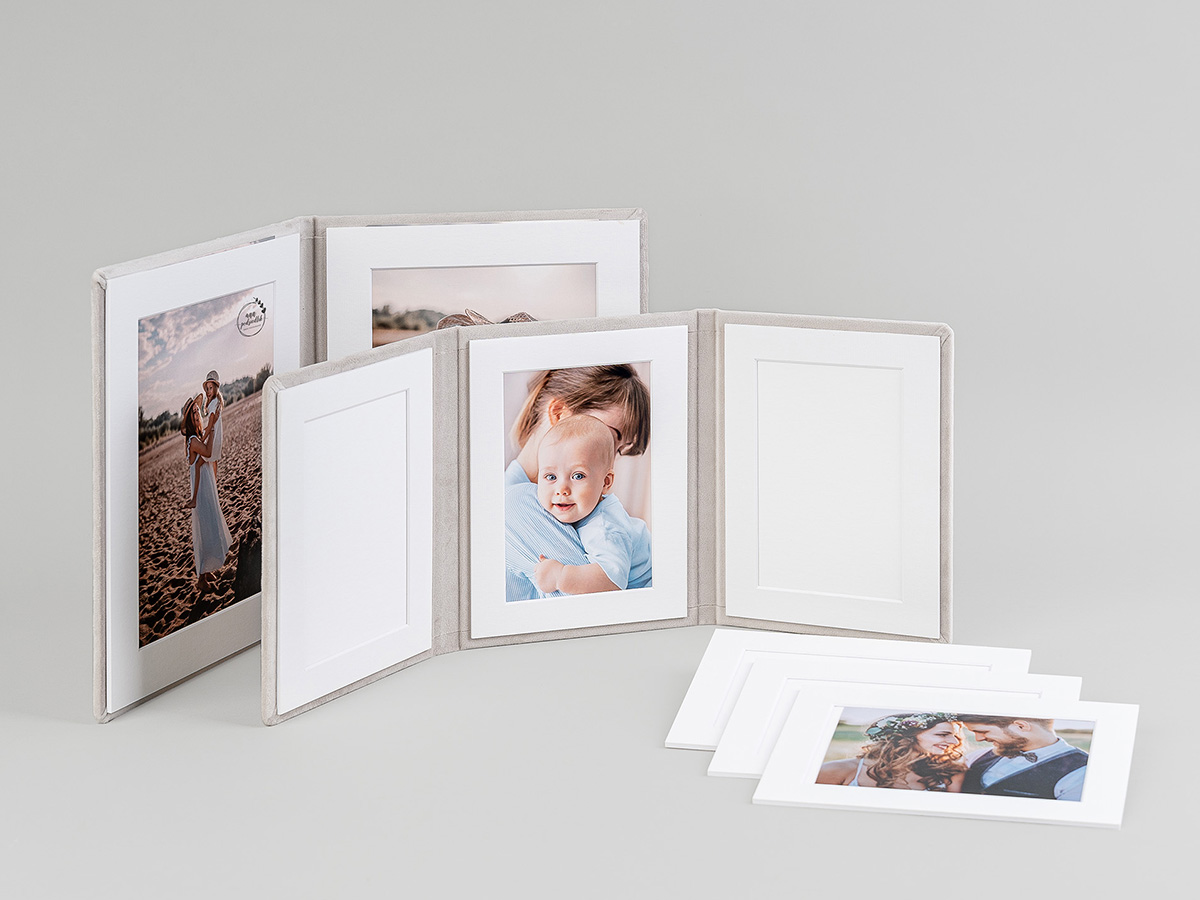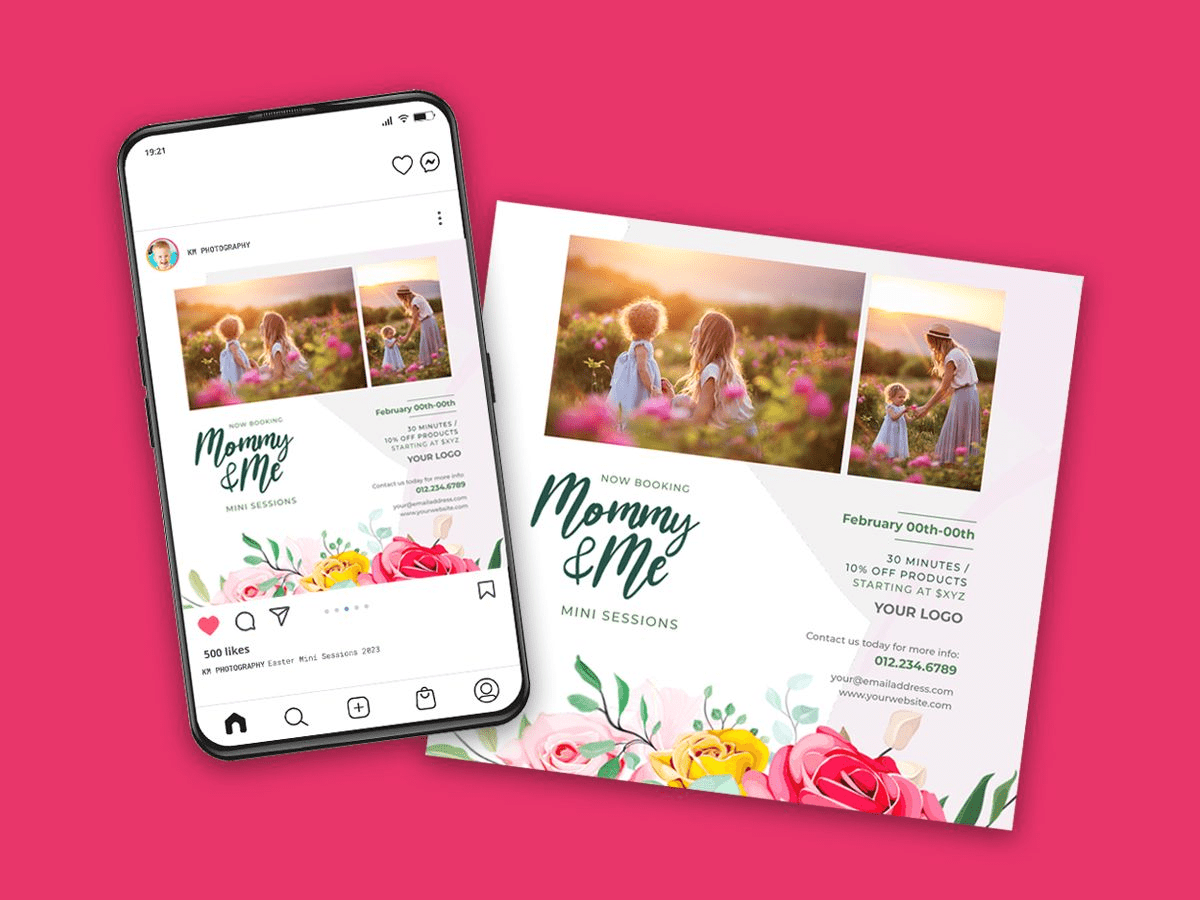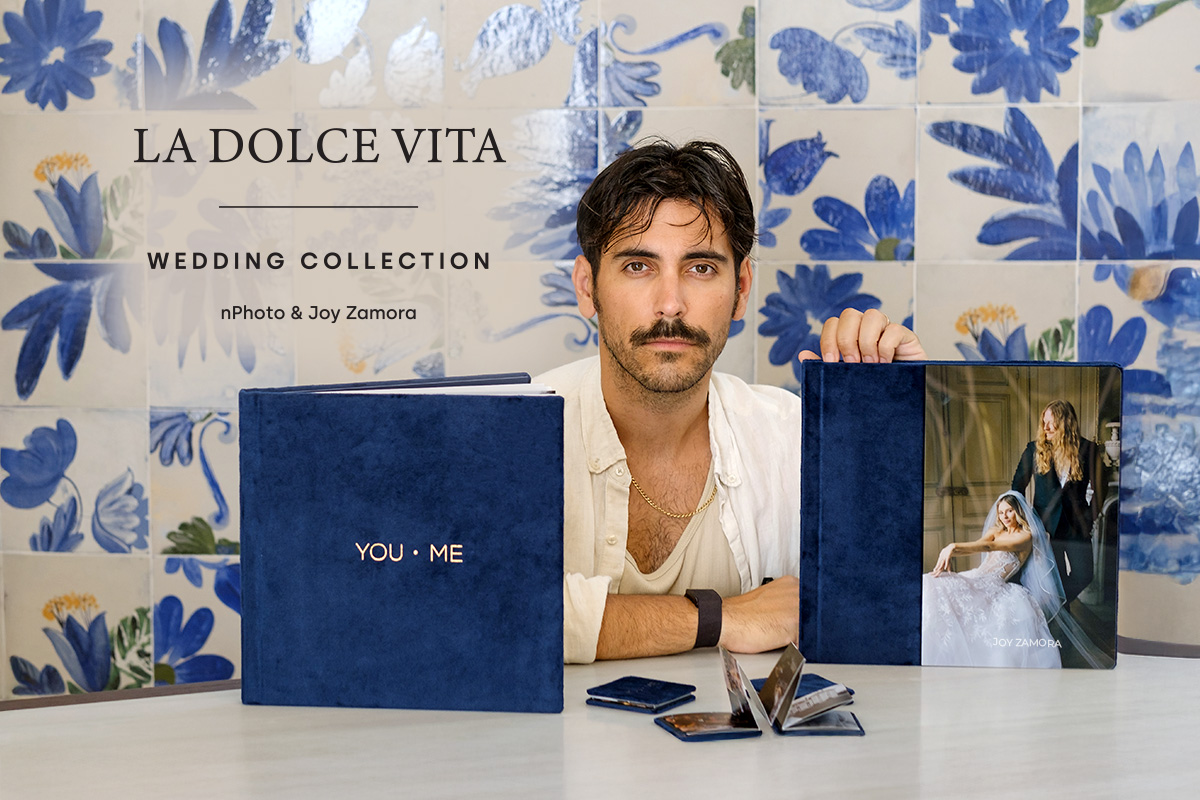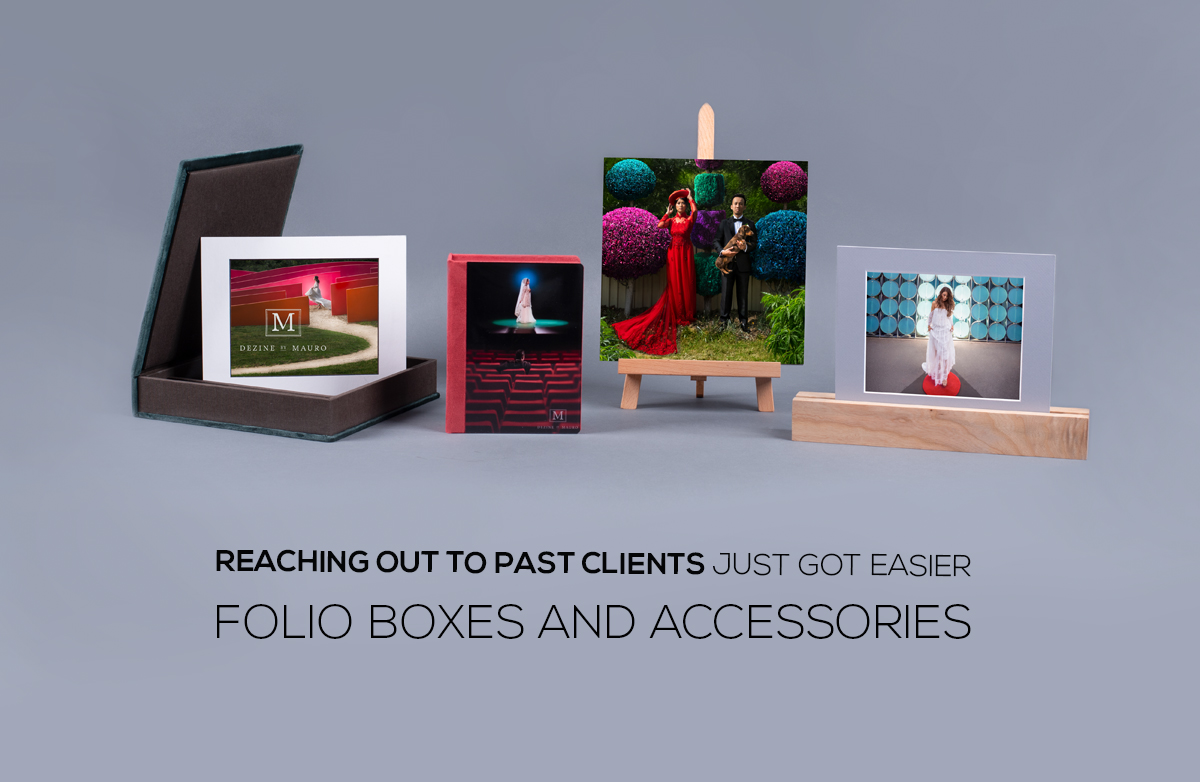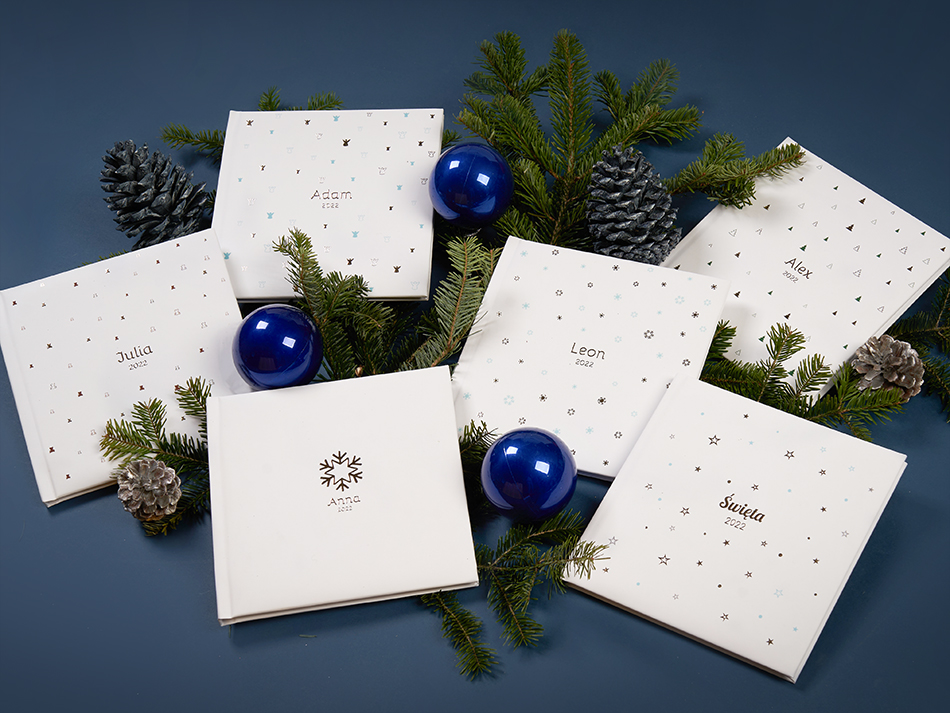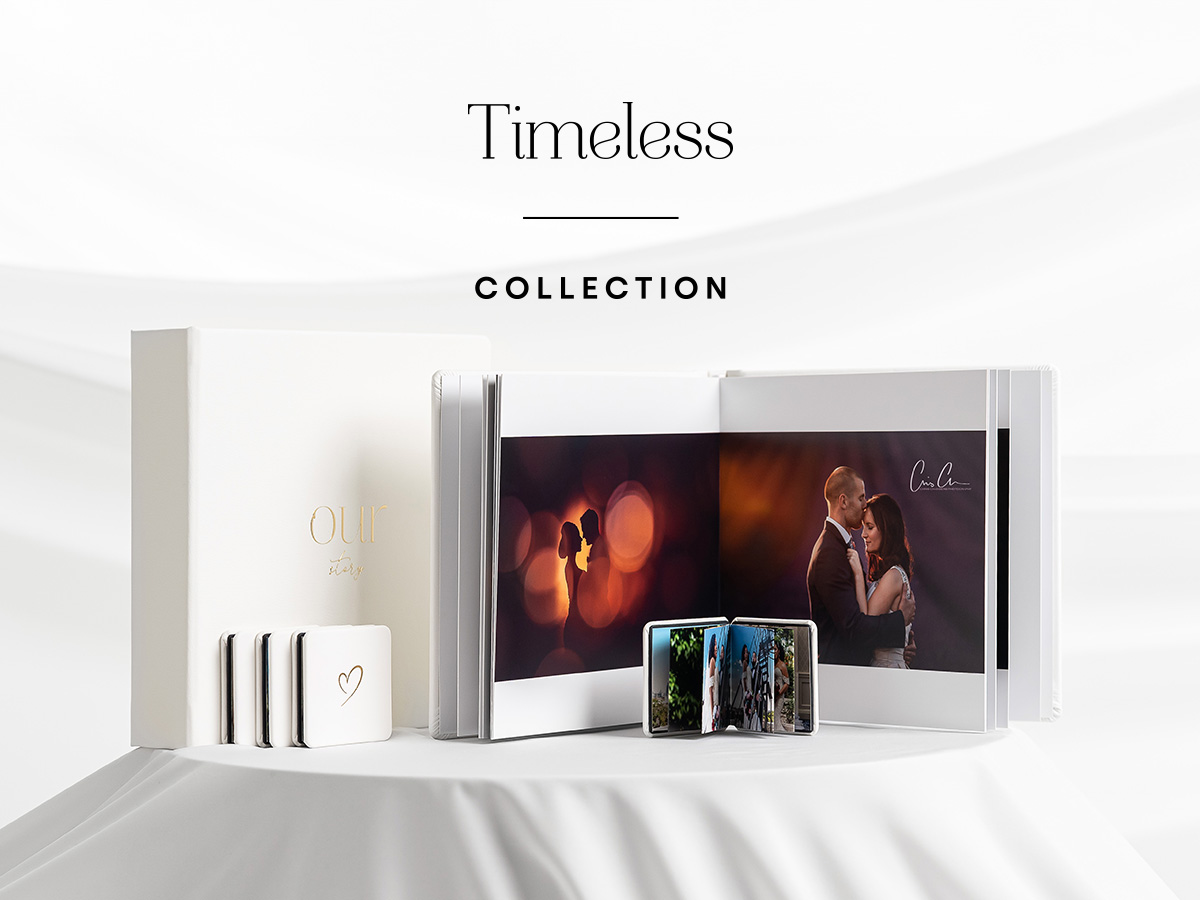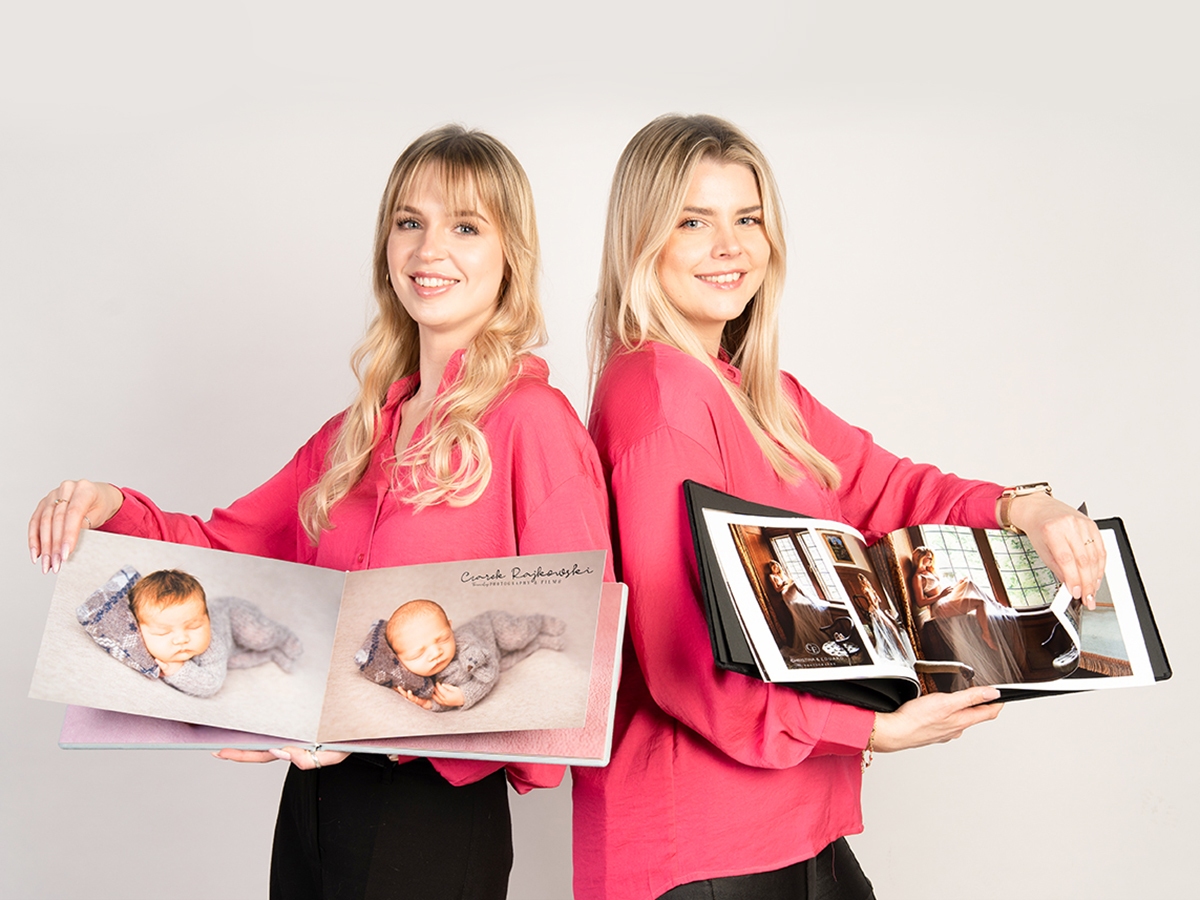
The short answer is: both.
To be more exact, each product has its own use cases and fits differently in various roles, so it is highly recommended that you have both Photo Albums and Photo Books samples at hand - if you’re serious about offering print to your clients.
Here’s a quick rundown of why that is:
- Offering both Photo Albums and Photo Books adds a whole layer of variety you may have not been able to achieve with only one of the two, notably with each respective product’s paper types and page layout.
This comes at no increase in confusion due to product features, as our Photo Albums and Photo Book Pro’s feature the same collections & packaging options, making it a valuable choice to have.
- Ultimately, your goal is to satisfy your clients to the best of your ability. If you have a sample of only one product, your client will need to picture the other in their mind when choosing based on photos or approximations. To them, this can be a question of choosing what they already see in their hands, or taking a leap of faith with something they can’t immediately get a hold of.
By doing this, you are effectively taking a gamble on what your client will enjoy the most, whereas just having the sample present will ensure that your client has a complete idea of each product every single time.
- Maximising sales! It’s that simple. Your client may be interested in expanding their print order if they see that both options are on the table. A wedding client might like the sound of a guest book. A newborn photographer’s client could try a small Photo Album for one session, and a Photo Book for the next. There are plenty of combinations where both products could be used.
So, what’s so special about them? What are their differences?
As we’ve briefly mentioned above, the main differences come in paper options and their layout. They also possess different thickness levels overall.
The Photo Album is designed as such to feature thick, lay-flat spreads, whereas the Photo Book Pro counts its contents in single pages, with an opening style more akin to that of a book. You can also play to the strengths of both using our Dreambook 4K, which offers thinner pages while mostly retaining the lay-flat effect & offers its own set of unique papers.
Due to these differences, the Photo Album can hold up to 40 spreads, whereas the Photo Book Pro can be designed with up to 120 pages.
In short, the Photo Album appears as more traditional, sturdy & presentable, while the Photo Book Pro gives off a more modern, sleek & compact appearance.
This should already give you a good idea of where & when to offer each product. For instance:
- While not necessarily a strict line one should always follow, you’ll be more likely to find Photo Book clients in product & location photography, boutique catalogues & those looking to decorate their business’s waiting rooms. The Grand Gallery Photo Book is a prime example of a product best-suited for this purpose, and can serve as a fantastic upsell.
- Following this trail of thought, the Photo Album will be warmly welcomed by most clients as the definitive album-type product. In more personal & down-to-earth client meetings, consider offering the Photo Album first & the Photo Book as a neat addition to the package. Your clients will easily find more value in its thicker pages & lay-flat design.
- It’s a good idea to keep the number of pages in mind when setting up for a particularly large photo shoot. Your client might prefer to print individual photos per-page rather than a collage of photos on a spread, though offering multiple print products might be a more effective option should that be the case.
As it will now hopefully show, these two products shouldn’t be seen as mutually exclusive options, but as a pair of print products working together to get the most out of your photo sessions.
